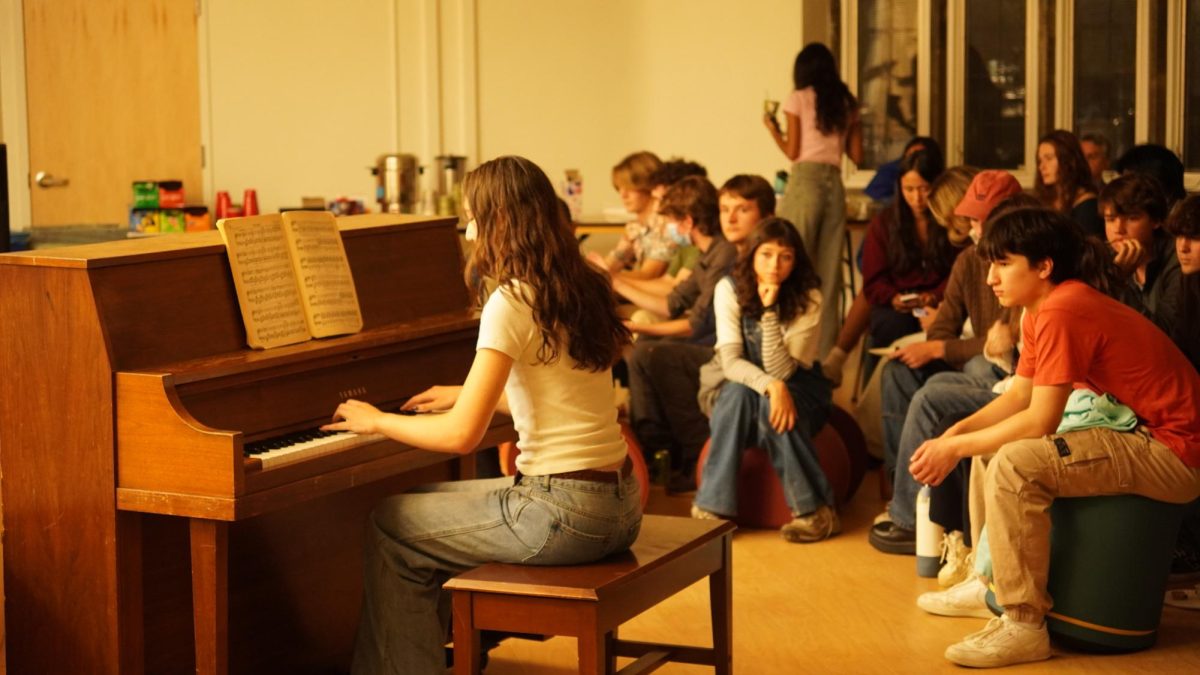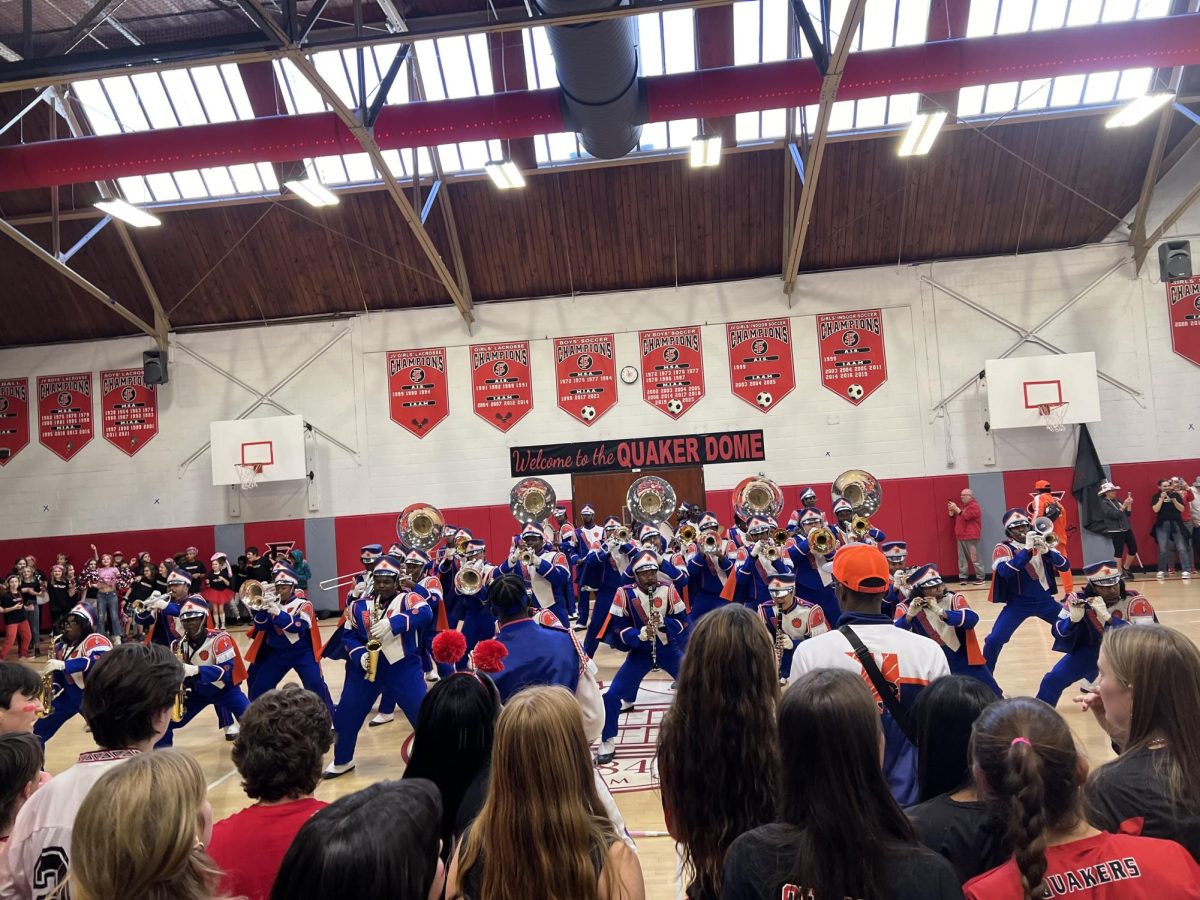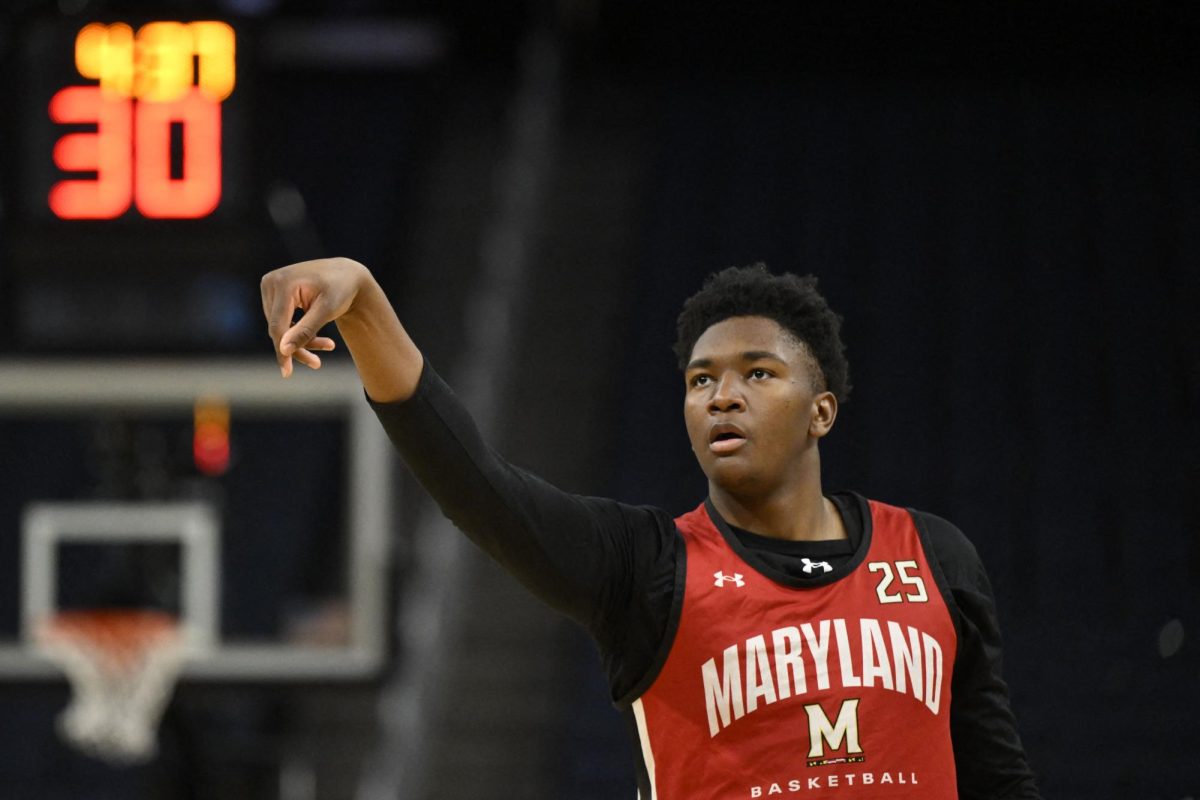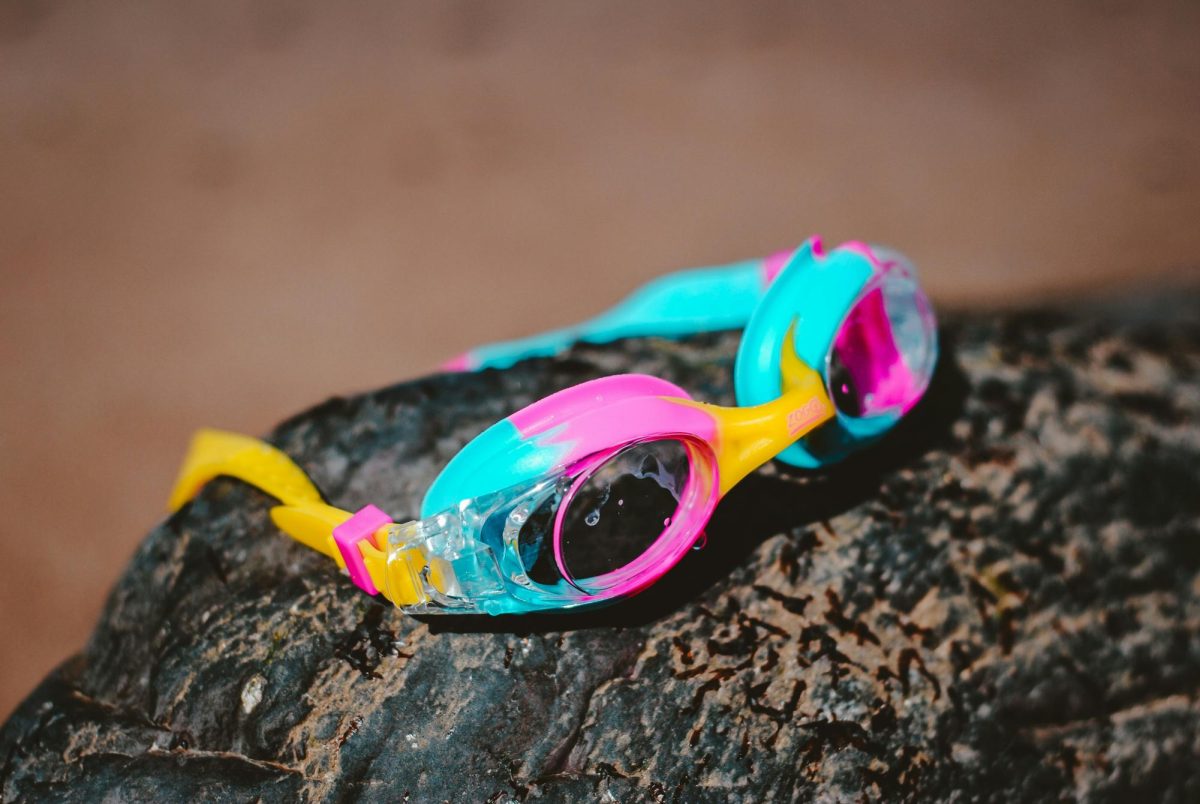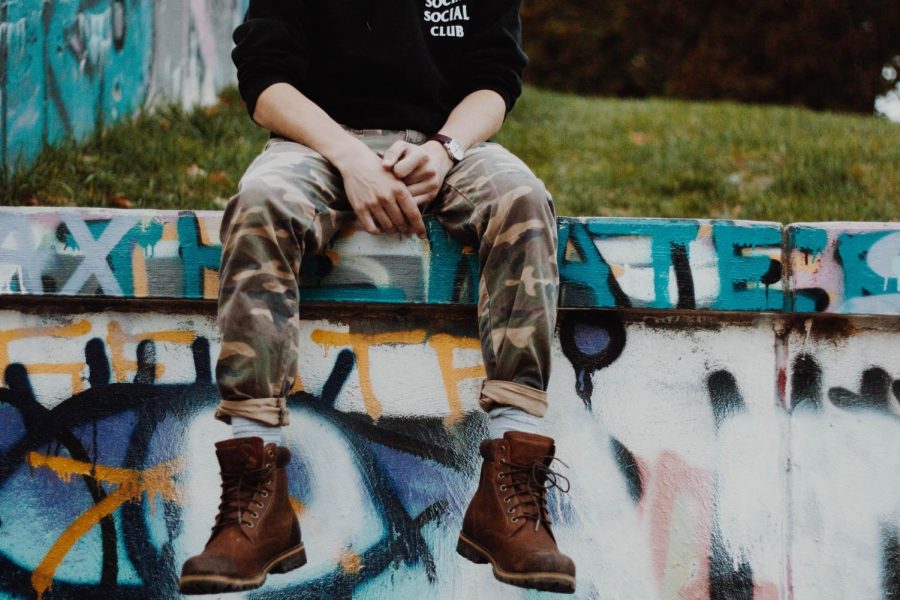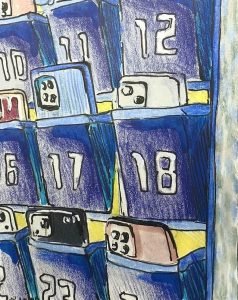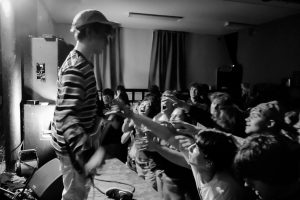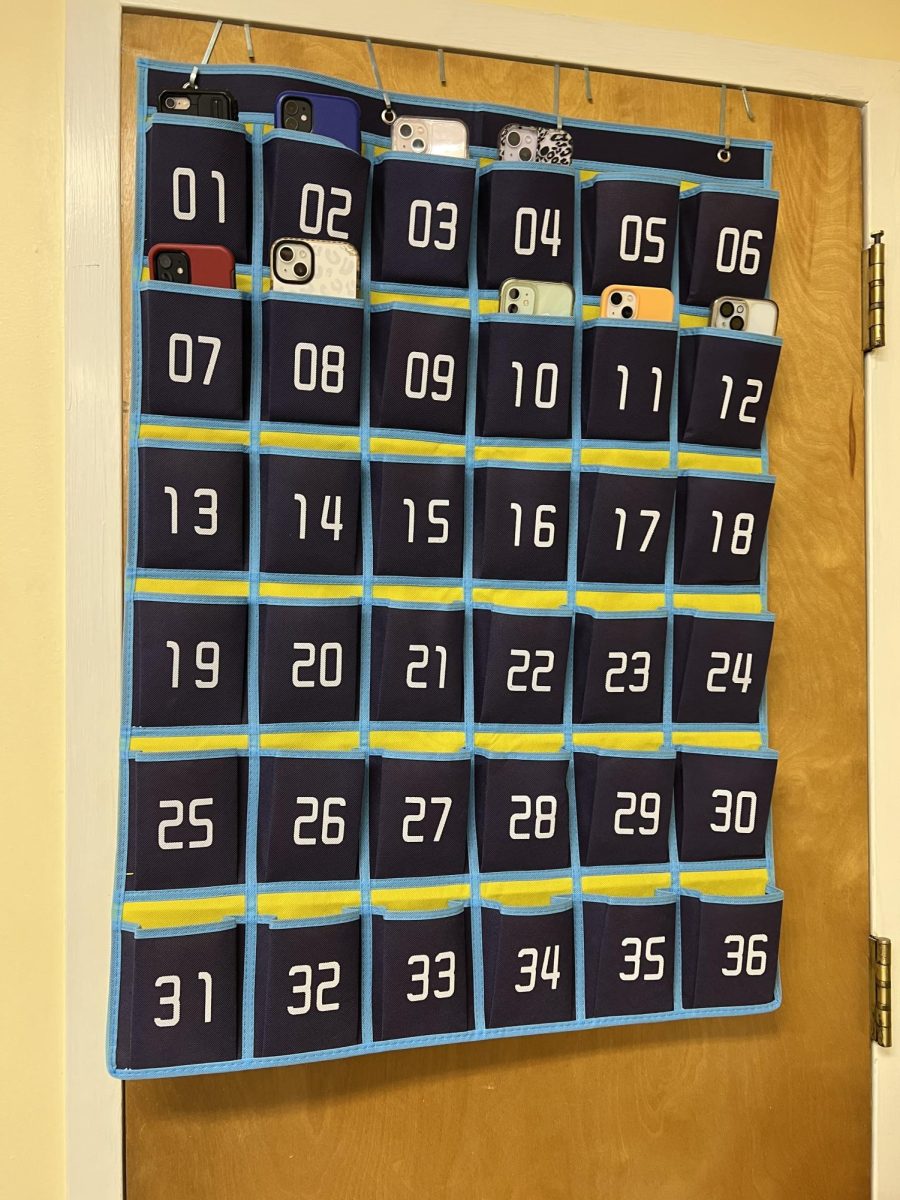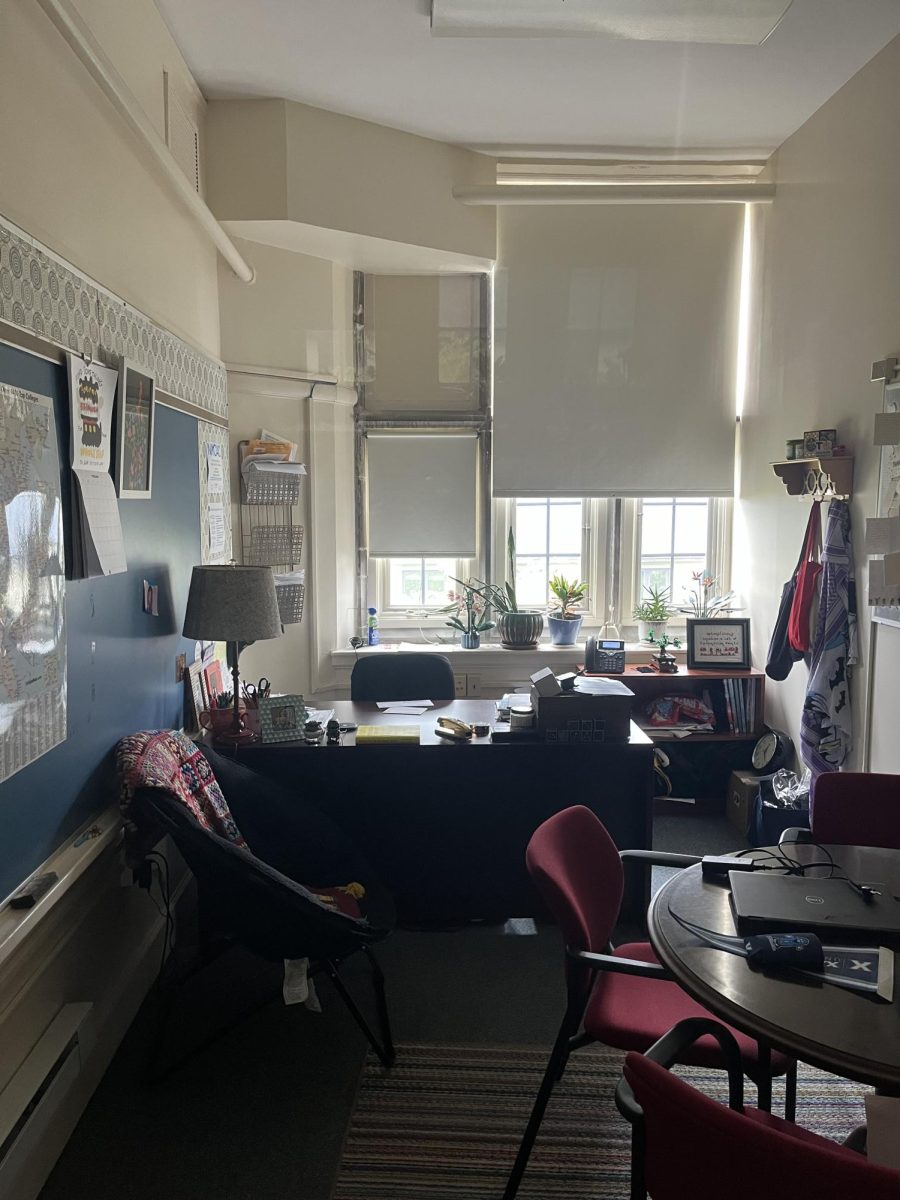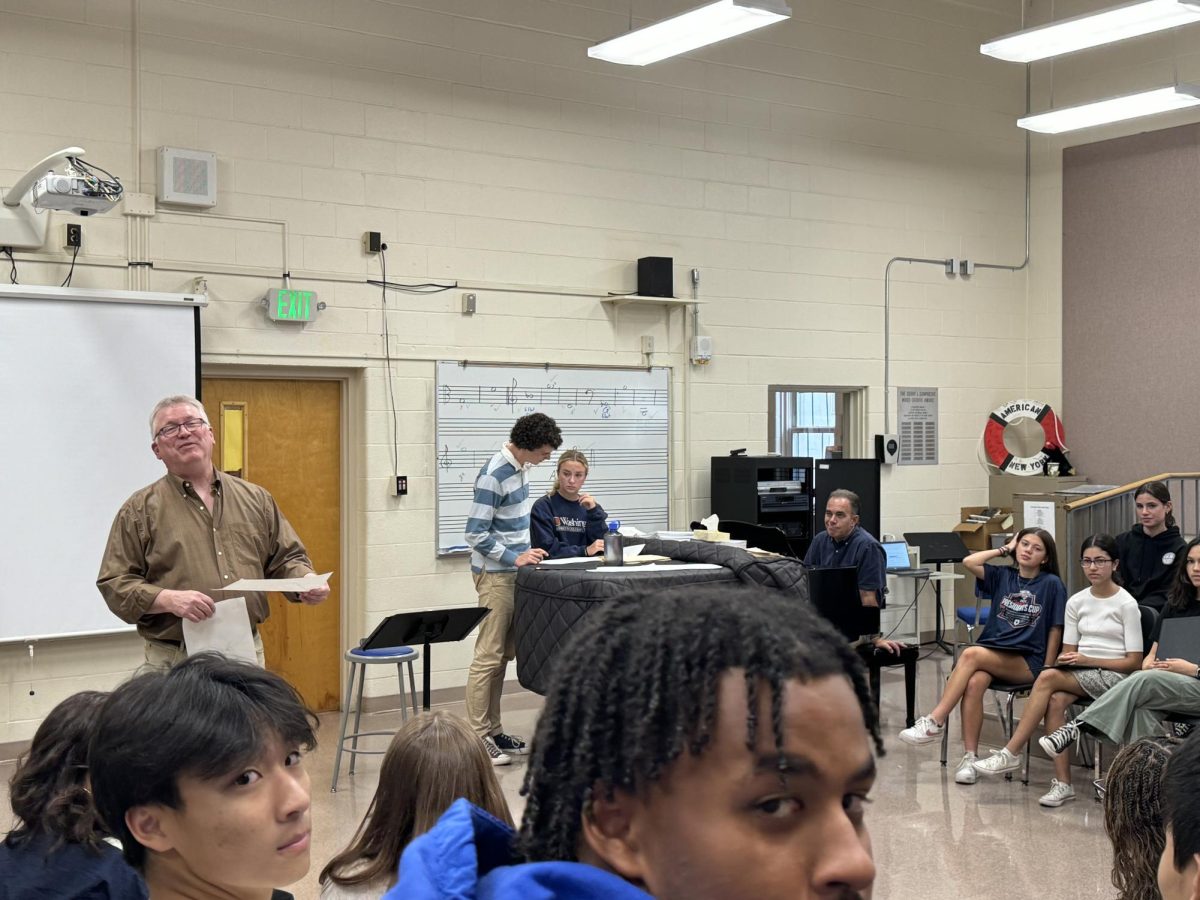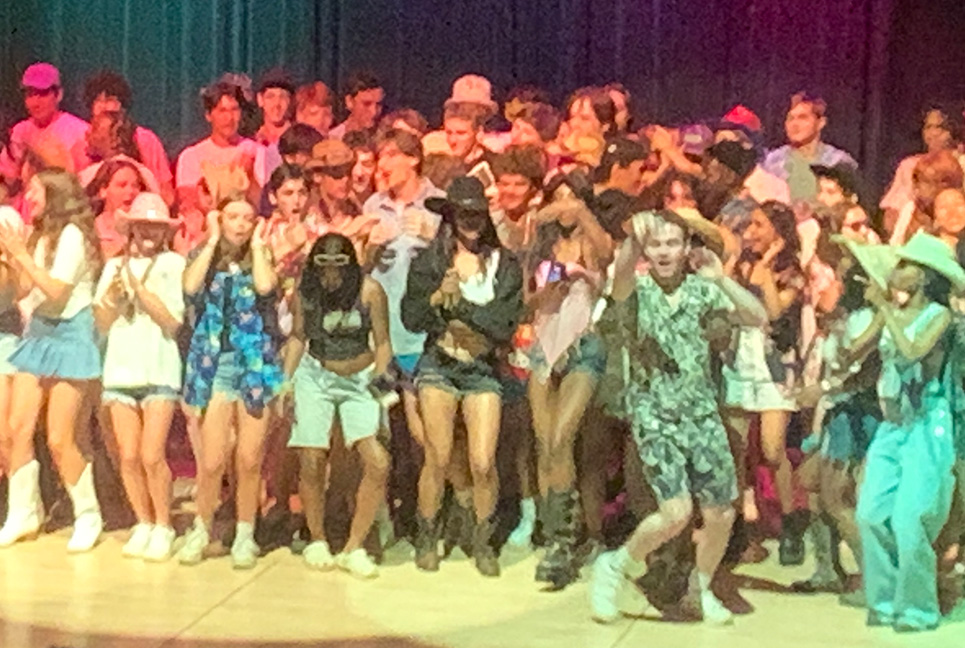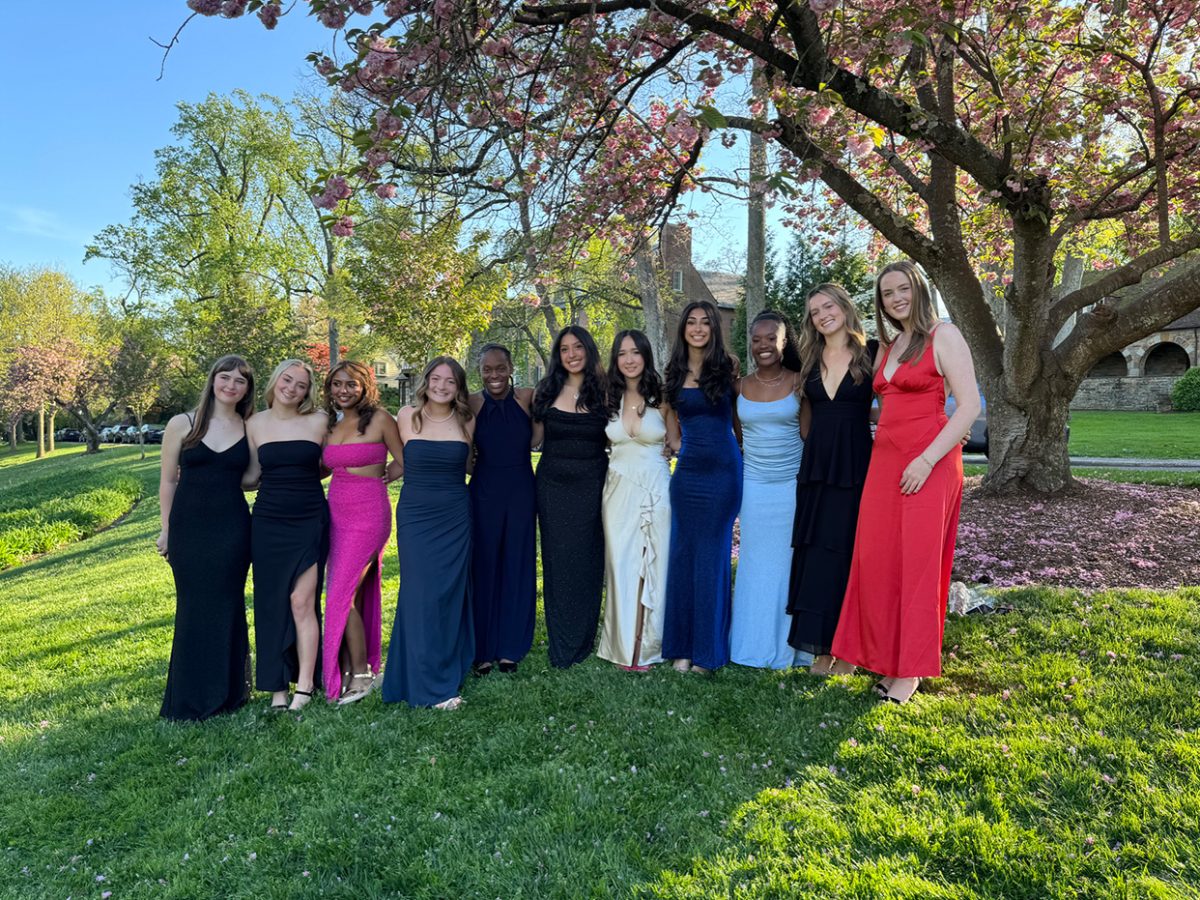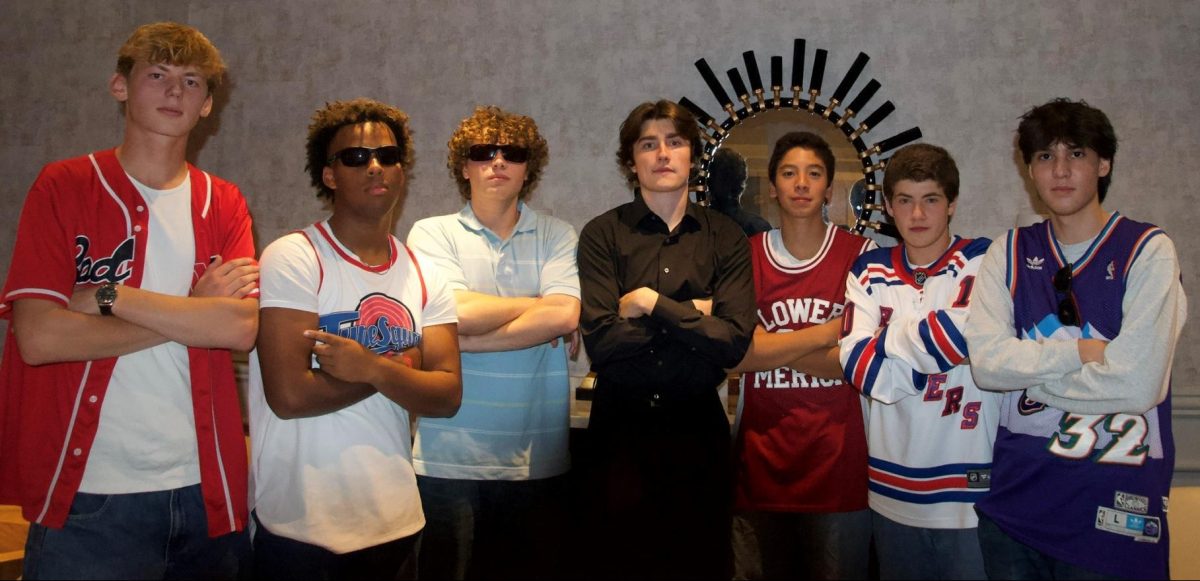In recent years, the Friends School dress code has made strides towards being more inclusive and less restrictive. However, there is one regulation that hasn’t changed: the rule prohibiting camouflage.
Some people support the ban on camouflage because they believe that it follows the peace testimony of Quakerism. Others think the ban stifles support of the military which is more important. Some also think that the pattern isn’t inherently violent. But does camouflage promote violence? Or violate the school’s peace policy? I think no.
Friends’ dress code is made up of a series of queries for students to consider. The following responses are my thoughts about the queries when it comes to camo. I hope my examination shows that students can wear camouflage and meet the dress code.
“How are my clothing choices likely to either positively or negatively impact others?”
I have the right to self expression through my clothing. I should be allowed to express myself even if camo is considered provocative to some members of the community. If I were to be confronted about wearing camouflage, I should be allowed the opportunity to have the reasoning behind my clothing choice addressed.
“To what extent are my clothing choices appropriate for a multigenerational and multicultural school community with small children, young adults, adults, and older people? (Foul language, references to banned substances, sexual references, and other clothing choices that might be inappropriate for a small child’s viewing are prohibited.)”
Younger students might not understand that there is any connection between camouflage and the military. If they do recognize camouflage, it would be as a pattern in clothing, not the uniform of soldiers. For older students, they might realize there is a connection between camouflage and the military, but they may think it is just trendy and popular design.
Adults could be impacted in a variety of ways. Some might not care and just recognize it as a pattern. Others could think similarly to the committee and think about the connections between camouflage and the military and not want to see it in the community.
Additionally, students also might want to honor family members from other generations by wearing camouflage.
“Do my clothing choices divide, hurt, demean, or discriminate in any way? (Overtly hateful language and images are prohibited.)”
No, camouflage is just a pattern.
In fact, camouflage can be used as a sign of respect. Camouflage has become a popular pattern in fashion, which separates it from the military. Camouflage has also been popular in clothes that are dedicated to military service. When camouflage is used for clothes related to the military it is intended to be respectful. An example of this is the popular “Salute to Service” line from the NFL which includes camouflage. The clothes raise money for charities including Wounded Warriors (which was formerly a club in the Upper School) and The Pat Tillman Foundation.
Junior Thomas Ellberg recently got an official note and had a conversation with the dean of student life, Bill Ball, for wearing his Salute to Service Lamar Jackson jersey.
“I felt like it was stupid because I didn’t even notice the camo when I bought the jersey, and when he pointed it out, it was the least amount of camo I’ve ever seen on a jersey. It is hurtful because I have family members in the military and I felt offended that I couldn’t support Lamar and the ‘vens as well as my family members.”
“How do my clothes help to support the School’s emphasis on simplicity? Have I helped to support a community where students are not competing to show off wealth?”
Camouflage is very simple.
“How do my clothes support Friends School’s peace testimony? (Camouflage and words and images that promote violence are prohibited.)”
In December of 2017, the “Quaker Principals Committee” clarified their position about the no camouflage rule. The Committee wrote, “Camouflage was developed for military purposes, to hide one’s self for defense or attack; and so it is fundamentally tied to the violent resolution of conflict.”
I do agree that camouflage has been utilized for military, but not all parts of the military involve violence. Navy technical engineers and Army medics are examples of members of the military who wear camouflage uniforms.
“How do I respect and support other members of the community in their clothing choices?”
I would respect anyone else wearing camouflage, but also appreciate that many people choose not to.
“How do my clothes express my identity today?”
My grandpa was in the military, so my camouflage might be dedicated to the military and his service. Real tree camouflage is a popular style and one that I like personally, so I would be wearing it because I like the style and design.
“How well do my clothes reflect what I want others to think of me?”
I wouldn’t care what other people would think about me wearing camo. I like the design of camouflage, so it wouldn’t bother me if someone said, “Why is he wearing that? He doesn’t be hunt.” If someone thinks I’m “fake” for wearing it, that wouldn’t bother me.
“Will my clothing choices allow me to fully participate in my education? Will I be able to sit on the floor or on the ground outside comfortably and generally focus on my studies, rather than my clothing?”
Unless I blend in so well a teacher couldn’t see me raise my hand, it wouldn’t affect my education.
“Some special events at school and some trips off campus might have different dress requirements to enable full participation. Have I dressed in a way that is in accord with the occasion?”
Unless there are specific types of clothes you need to wear (long sleeve shirt, long pants, etc.), camouflage shouldn’t be breaking many rules. It might be informal in certain situations such as visiting a museum, but otherwise it would be fine.
In my experience at Friends, the only out-of-school dress code has required long pants or a hat, but camouflage wouldn’t restrict your activity.
“Does my clothing meet health code and common sense safety requirements? (Shoes are required at all times; in science labs and in the MakerSpace, closed toe shoes are required.)”
Yes.
I believe I have been able to sufficiently answer the dress code queries, as if I was wearing camouflage. For this reason I believe camouflage should be permitted on our campus.


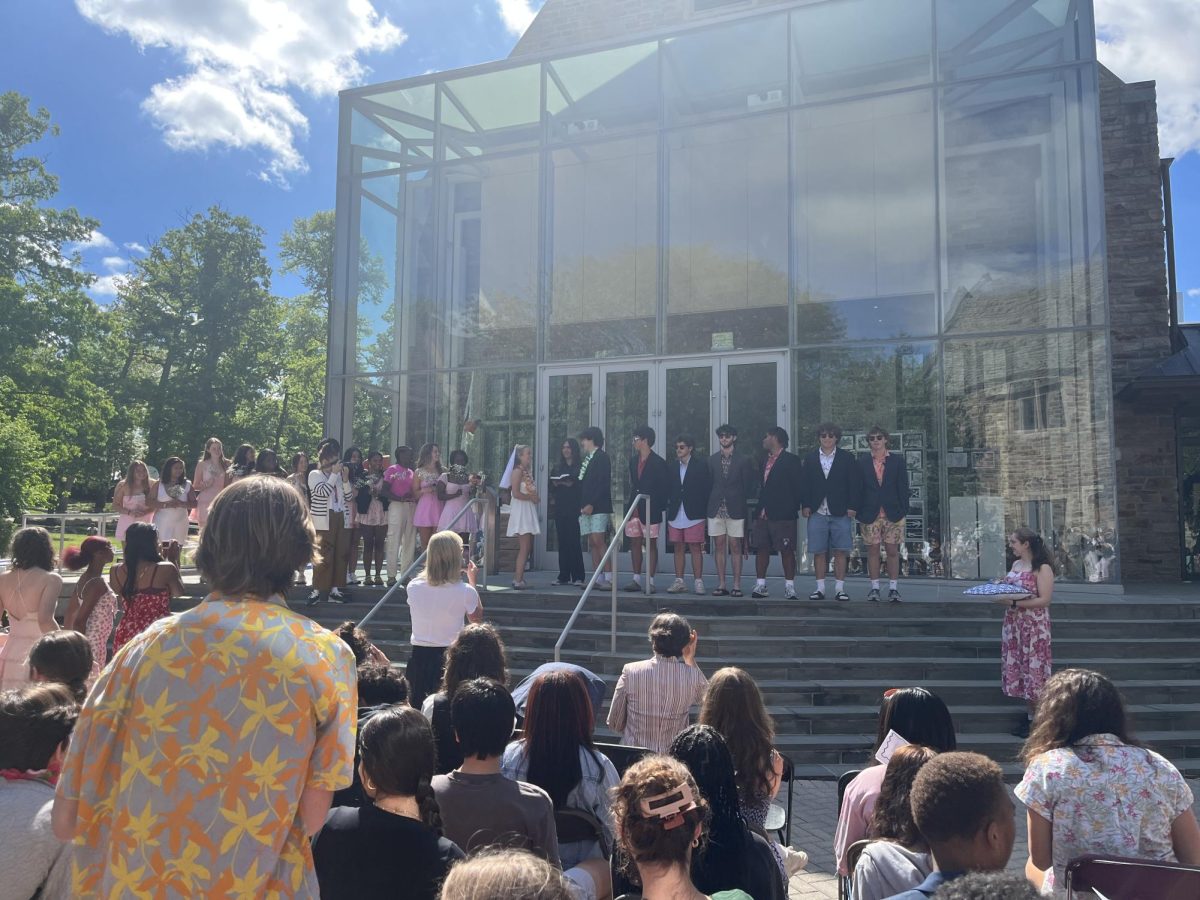
![A Phone Ban at Friends? [Podcast]](https://thequakerquill.org/wp-content/uploads/2025/05/magenta-VrRT19_ZjUY-unsplash-1200x900.jpg)
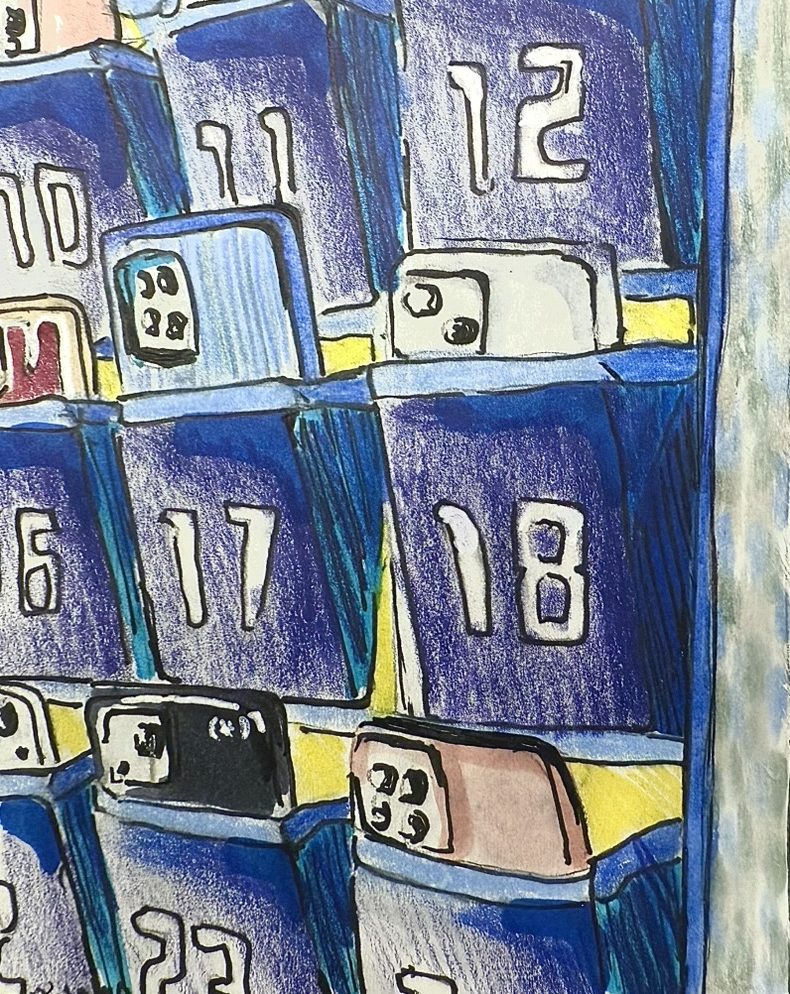




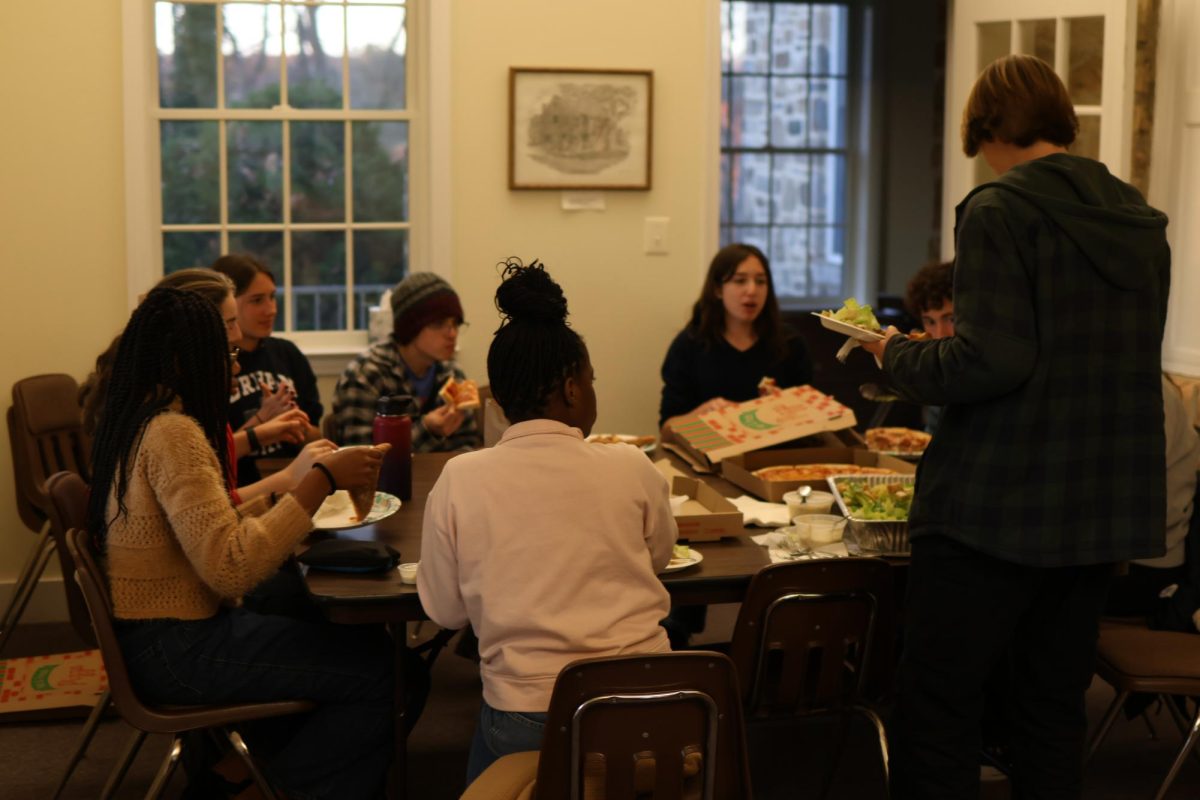

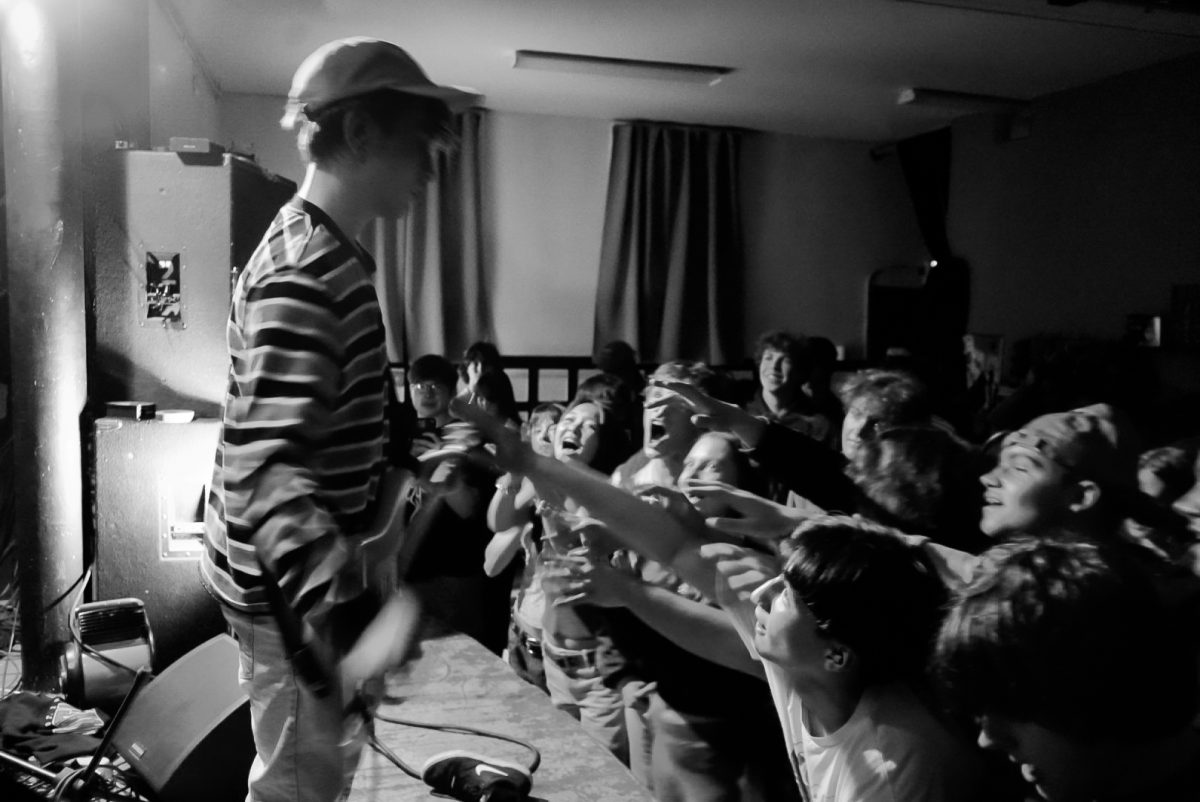
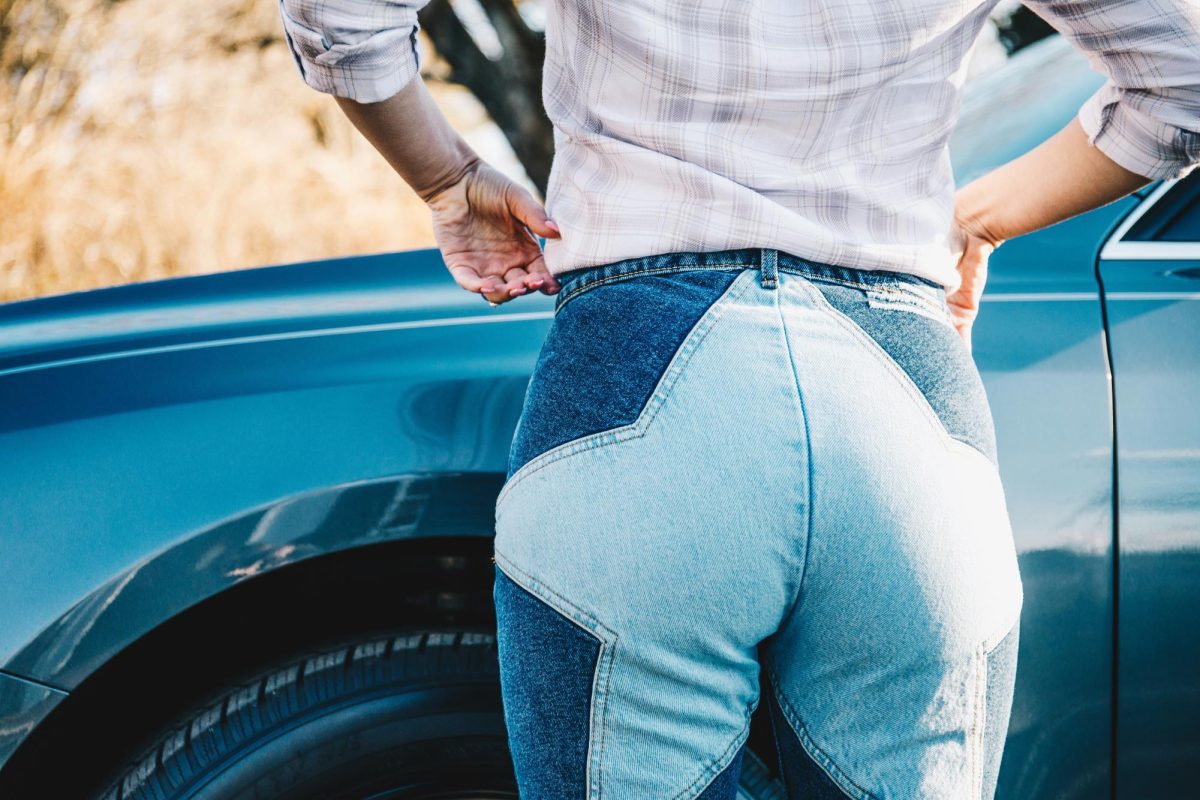
![How Freestyle Club Began [Podcast]](https://thequakerquill.org/wp-content/uploads/2025/05/charly-alvarez-Jv9untmB7G4-unsplash-1200x800.jpg)
